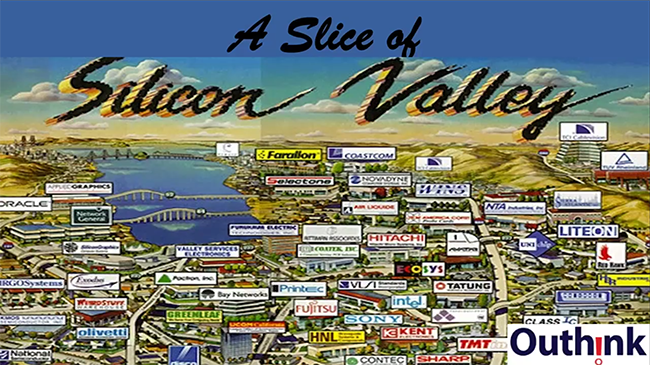Today we talk about a new communications mindset in the 21st century. It’s been said that there is newer content created in the last two days in the history of the planet. We create it and move on. Maybe some is saved, but most of it is lost in the storage bin. Yet statistics show 80% of people join virtual events for educational purposes. 87% of marketers consider the opportunities generated by virtual events as a success factor. 71% of event organizers rank deals closed as a success factor.

This story was produced with GLX Studio, a MediaMobz product. Visit the MediaMobz blog to learn how to produce and share your stories.
MediaMobz helps customers implement a content strategy that drives increased retention, reduces churn, and delivers meaningful customer journeys by offering a platform to build and sustain your content factory, one that makes content quality the focus of your processes, and drives engagement through content activation.
Transcript
Welcome to a slice of Silicon Valley Episode Six.
Last time we covered the importance of cash flow and the opportunity that a bootstrapping mindset has on business development and resilience when economies contract. The Pandemic got us to consider survivability. I live through this on the front lines of the semiconductor industry as we went through 18 months cycles.
We doubled in size followed by contraction as the adoption cycle of the next generation took hold. All in 18 months.
Our economy is headed into an economic cycle and these basics will once again become life and death for a business and for that matter our personal lives. Most have not experienced this in the cycles that technologies impact as they accelerate.
These are complex issues, but there are some simple things that can be done to engage more of those that touch customers that can have an impact on success. This touches on providing greater value to retain existing customers and cross selling, and upselling for new ones. We’ll share some Silicon Valley examples in the next few weeks and bring some others into the conversation.
The basics needed to survive and thrive in downturns is to deliver results that focus on three primary objectives. First, hold onto those customers already engaging with us to retain the valuable relationships, then acquire new customers, and finally accelerate new product releases.
Doing this when our customers have information overload is tough. Today we will explore the role of content to address this with the shift in digital engagement as we figure out examples and options to how we bootstrap to success.
Having been on the front lines of video being adopted in the market, I have seen so many great video stories, so many events live in virtual, so many videos that have been used to engage in a forward motion.
Today we talk about a new communications mindset in the 21st century. It’s been said that there is newer content created in the last two days in the history of the planet. We create it and move on. Maybe some is saved, but most of it is lost in the storage bin. Yet statistics show 80% of people join virtual events for educational purposes. 87% of marketers consider the opportunities generated by virtual events as a success factor. 71% of event organizers rank deals closed as a success factor.
We now have the ability to significantly improve our communications and marketing by designing content upfront for business outcomes, with so many more touching content that drives mid-funnel demand. In sales terms, this can be viewed as cross-sell, upsell with the right content at the right time of engagement. Designing for the long-tail over the course of the year saves time and money, and can be repurposed to optimize the digital experience of those we want to engage with our brands.
At the base of this is the story that matters. We now have generations of advanced technology and how story plays a key role in the adoption of that technology. Bootstrapping is finding ways to better serve those around us. We now have access to content that can better move the needle for those that are involved, but we’ve not armed the front lines with those stories that move the needle.
You may know plenty about this, but a reminder at this time may help to surface actions you can take with your team to better bootstrap. How do you leverage story and content to retain existing customers? How do you leverage your content to better encourage the adoption of new products and services?
Next time we’ll explore how there have been many who have told stories to bootstrap opportunities that generate revenue from their products and services, as the masters have done over the generations in Silicon Valley. Current modalities are around rapid iteration with customers voice at the table. More about that next week.
Thanks for joining us.
